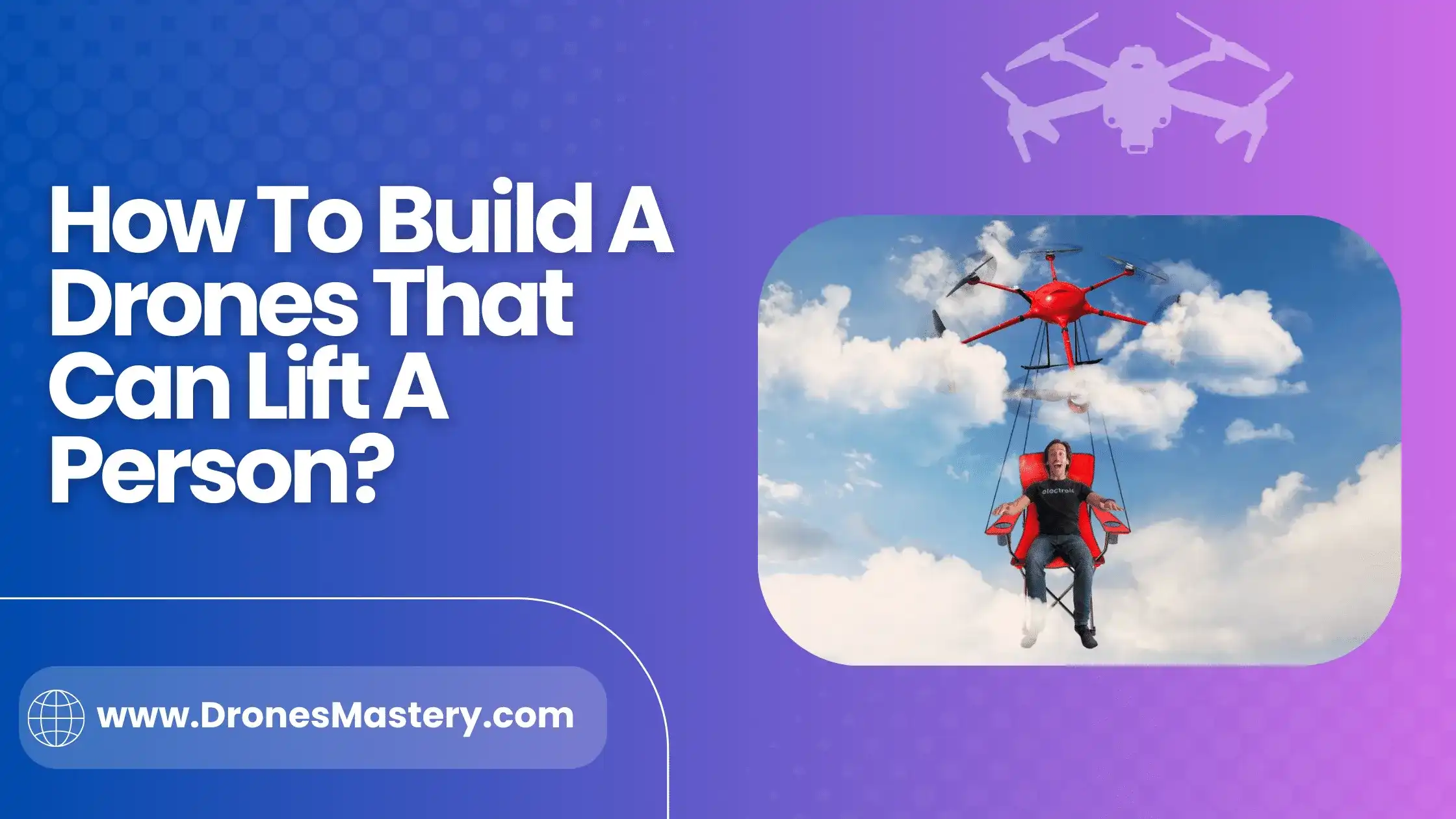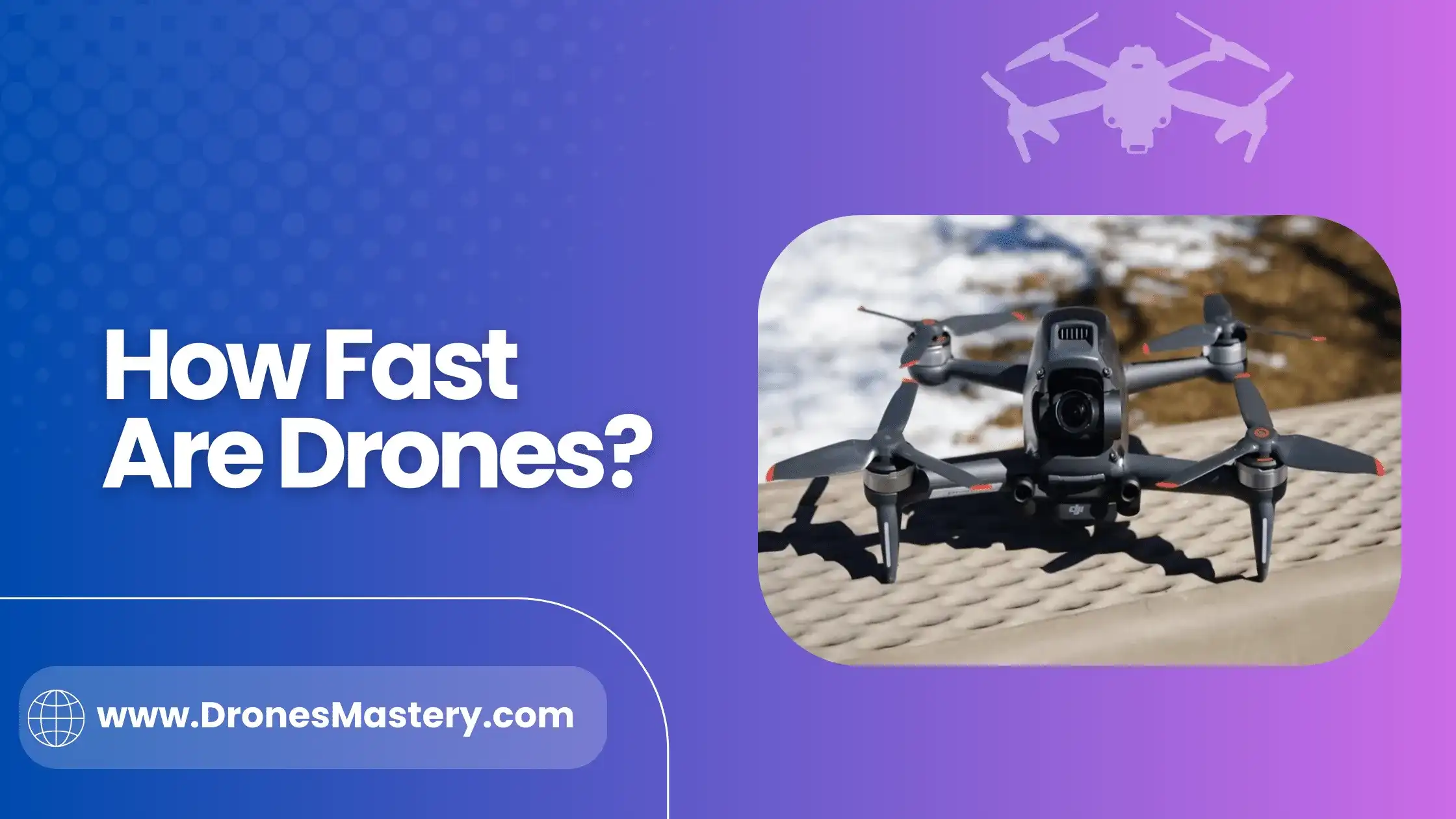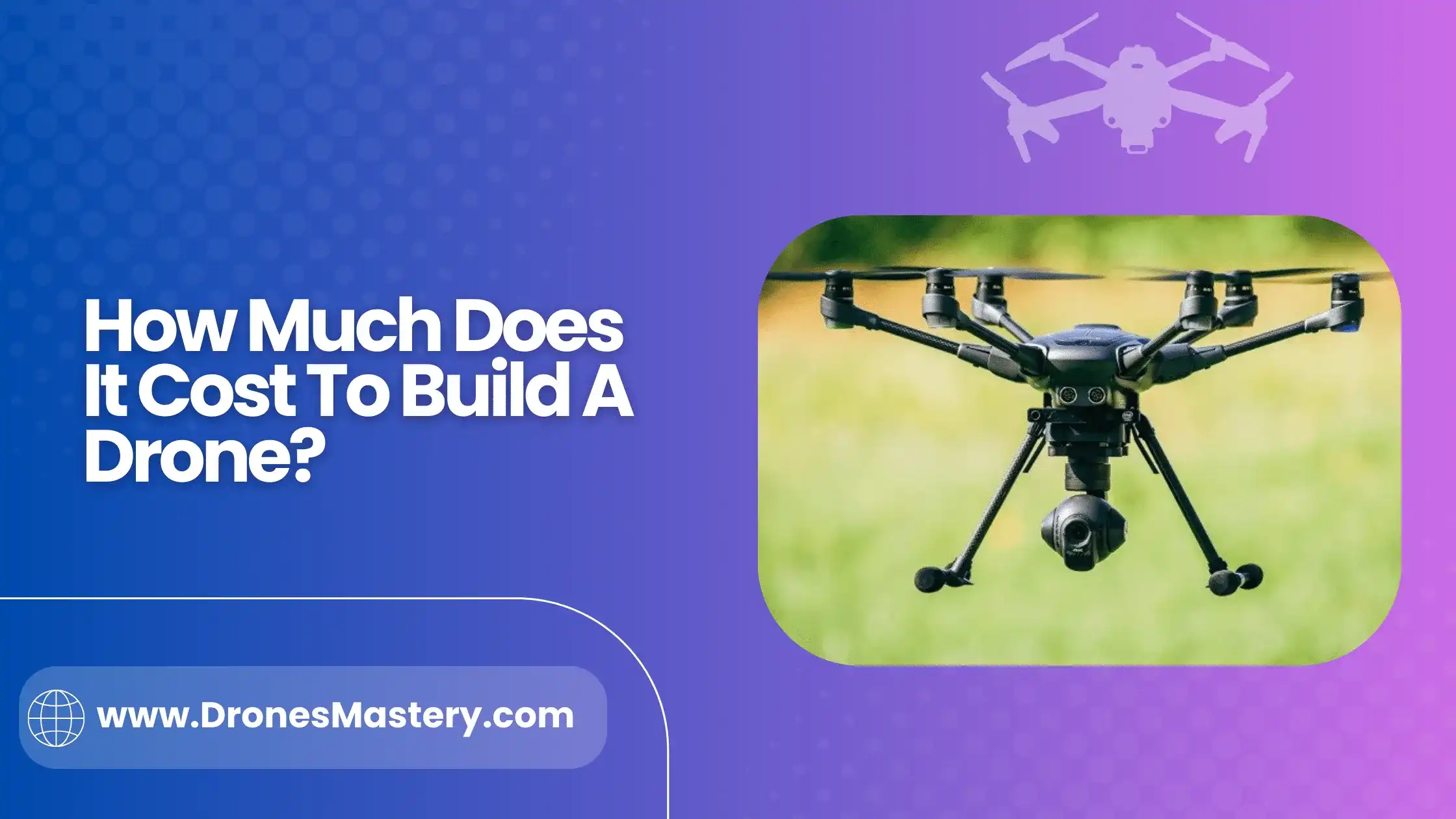If you’re looking for an exciting new project that will give you a thrilling sense of accomplishment and take your engineering skills to the next level, then you’ve come to the right place. Building a drone capable of lifting yourself or another person into the air is truly an awe-inspiring feat.
You may think it’s impossible to accomplish such a lofty goal, but there are several components to keep in mind that can help guide you through the process. Join us as we explore what’s possible with this advanced technology, so when it comes time to take flight all you have to do is take off!
Parts Required To Build A Drone That Can Lift A Person:
The ability to lift a human with a drone is made possible through careful selection of the components used to build the machine. Different parts are needed, depending on the size and weight of each person, here we’ll discuss which parts are necessary.
Motors:
Motors are the lifeblood of any drone. They provide the thrust needed to lift a person and keep them in the air. The motor chosen for a human-lifting drone should have enough power to generate significant lift, while still remaining lightweight and efficient. Additionally, it should be durable enough to withstand heavy use without needing frequent maintenance or repair.
Drone Body and Arms:
The body and arms of the drone should be strong enough to support the added weight of an adult. Additionally, they must be able to move fast enough and with precision to prevent any accidents. Look for parts that are made from high-grade materials such as aluminum, fiberglass, or carbon fiber.
Electronic Speed Controllers (ESCs):
An Electronic Speed Controller, or ESC, is a critical component of any drone, as it is responsible for controlling the speed and direction of the motors. It ensures that each motor operates at the correct power no matter what position the drone is in. This means that when a person is being lifted, all four motors will be working together to generate the necessary lift.
Propellers:
Propellers are another important part of any drone, as they provide the thrust needed to keep a person in the air. The right propeller should be strong enough to generate significant lift while still being lightweight and efficient. Additionally, it should be able to handle high speeds without becoming damaged or unbalanced.
Frame:
The frame of a drone is the skeleton that holds all the components together. It should be strong enough to withstand the weight of the person and not break or buckle under pressure. Additionally, it should be light enough so that it does not hinder the ability to fly for long periods of time. The right frame can make all the difference when it comes to building a drone that can lift a person.
What Steps Are Required To Build A Drone?
Building a drone is no longer an overwhelming task for anyone who is interested in making their own. Here, we will outline what to expect so that you can have a successful experience with your dream project!
Choose The Right Parts:
When building a drone, it’s important to choose quality parts that are compatible with each other. Start by selecting the right frame, motor, propellers, and controller board for your desired application. Then make sure all of your components are designed to work together before starting the build.
Assemble Your Drone:
Now that you have all of your parts in order, it’s time to start assembling your drone. Start by wiring up the motor, ESC (electronic speed controller), and battery. Then mount the frame, motors, propellers, and other components onto the frame according to the instructions.
Finally, connect all of the components together using soldering or crimp connectors. It’s important to use quality connectors that can handle the demands of your drone.
Install Software And Calibrate Your Drone:
Once your drone is assembled, you’re almost ready to start flying! Before taking off, however, it’s important to install the controller board software and calibrate the components. This will ensure that all parts are communicating properly.
If you’re using an open-source controller board, such as the Arduino, be sure to install the necessary libraries and load the code onto your board. Once everything is set up correctly, your drone should be ready for takeoff!
Test Your Drone:
Once your drone is calibrated and ready to fly, it’s time to test it out. Begin by performing some simple maneuvers in a safe, open space to make sure everything is working correctly. Once you’re comfortable with the drone’s performance, you can start flying more advanced tricks or missions.
How Much Would A Passenger Drone Be?
You may estimate how much a drone will weigh before you assemble it by summing the weights of the component elements.
Drones are actually quite simple machines. A structure for everything to sit on, motors and propellers, electronics, and a power source are all required.
Once you have your parts list, sum up the weight of all the parts and add around 10% more for things like solder, wire, and other parts added during the drone’s construction.
With the anticipated weight of the dron e, you can now determine whether the drone can fly with someone onboard.
Let’s imagine we wish to raise someone weighing 175 pounds (80 kilos). If our drone weighs 350 pounds (160 kilograms), the human payload must weigh at least 525 pounds (238 kilos).
Conclusion:
Building a drone that can lift a person is no small feat. It requires careful research, substantial resources, and a lot of patience as you learn the different technical aspects needed to make your project successful. Despite all the obstacles, however, being able to fly through the sky with your very own creations is an incredibly rewarding experience.
Not only are you able to enjoy flights of freedom, but it’s a great way to foster creativity as you come up with ways to combine engineering principles with aeronautical dynamics. So if you want the ultimate challenge that comes with a tremendous reward, then building a personal drone is the right project for you!







